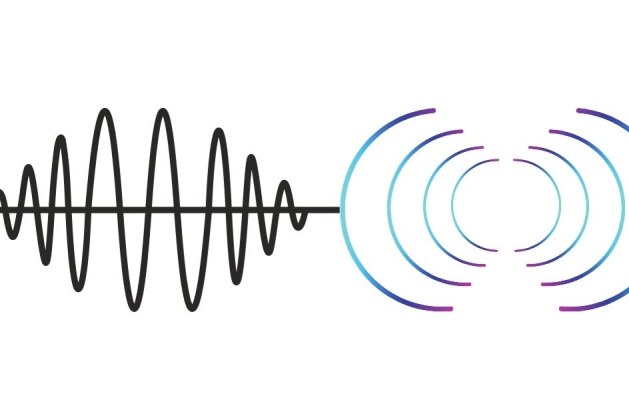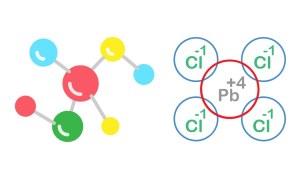When we talk about waves, whether it’s sound, light, or water waves, one of the key characteristics we often refer to is wave frequency. But what exactly does this term mean, and how does it impact the way waves behave in different contexts? Let’s break it down and explore the definition of wave frequency.
Understanding Wave Frequency
In simple terms, wave frequency refers to the number of times a wave oscillates or cycles within a specific time frame, typically measured in seconds. It tells us how often a wave’s repeating pattern occurs in one second and is usually measured in Hertz (Hz), where one Hertz equals one cycle per second.
For example, if a sound wave has a frequency of 100 Hz, it means that the wave completes 100 cycles in one second. The higher the frequency, the more cycles occur within a given time, and the lower the frequency, the fewer cycles there are.
How Does Wave Frequency Affect Different Types of Waves?
- Sound Waves: In sound, frequency is directly related to the pitch we hear. A higher frequency corresponds to a higher-pitched sound (like a whistle), while a lower frequency corresponds to a lower-pitched sound (like a drum beat). Human hearing typically ranges from 20 Hz to 20,000 Hz.
- Light Waves: In the case of light waves, frequency determines the color of light. The visible light spectrum, which humans can see, ranges from about 430 THz (terahertz) for red light to about 770 THz for violet light. Beyond this spectrum, higher frequencies result in ultraviolet light, while lower frequencies produce infrared light.
- Water Waves: For water waves, frequency relates to how many wave crests pass a particular point in one second. In this case, frequency helps determine how rough or calm the water might be. For instance, waves at the beach might have a low frequency (slow-moving), while waves in the middle of a storm may have a higher frequency (more rapid oscillations).
Wave Frequency and Wave Length
It’s important to note that wave frequency is inversely related to wavelength. The wavelength is the distance between two consecutive wave peaks. In general, as the frequency increases, the wavelength becomes shorter. For example, high-frequency radio waves have short wavelengths, while low-frequency sound waves have long wavelengths.
This relationship can be summarized by the equation:
Speed of Wave=Frequency × Wavelength
Where the speed of the wave is constant in a given medium (like air for sound or space for light).
Wave frequency is a fundamental property that defines how often a wave oscillates in a given time. It plays a critical role in determining the characteristics of different types of waves, whether it’s the pitch of a sound, the color of light, or the behavior of ocean waves. Understanding wave frequency helps us better comprehend the many types of waves we encounter in the natural world and in technology, from music to communications and beyond. So next time you hear a sound or see a rainbow, remember—it’s all about the frequency!




Leave a comment